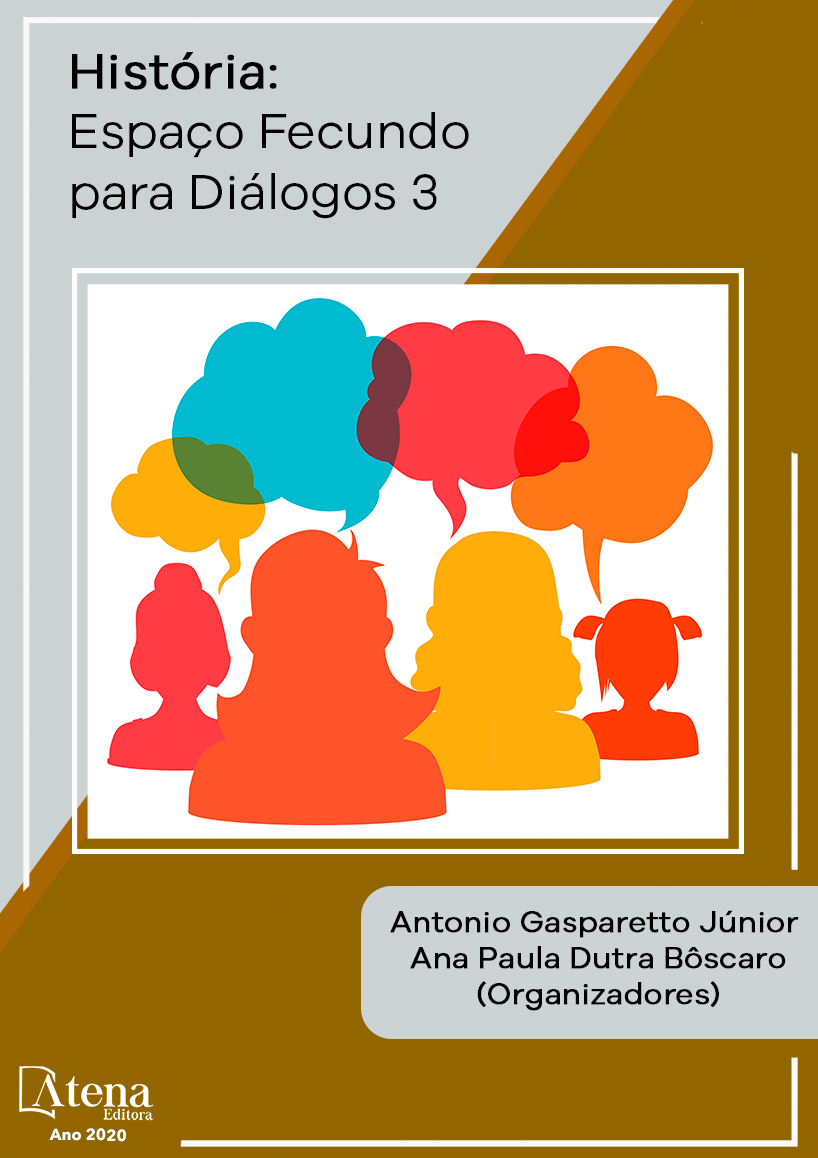
CUIDANDO DO “FUTURO DO BRASIL”: O ATENDIMENTO MATERNO-INFANTIL NOS ESTABELECIMENTOS DE SAÚDE PÚBLICA NO PIAUÍ (1889-1929)
Este artigo tem como proposta a
análise das iniciativas públicas institucionais no
atendimento à saúde de mães e crianças pobres,
considerando as limitações de funcionamento
no Piauí durante a Primeira República. Apesar
do novo significado da infância implicar em
sua condição saudável, inclusive, como forma
de investimento em um futuro promissor para
o país, isso não era viabilizado por meio de
políticas sistemáticas e efetivas. Em âmbito
federal, não existia um sistema de saúde que
integrasse o Piauí, assim como os outros
estados. A condição de ineficiência da oferta
de serviços pela Diretoria de Saúde Pública do
Piauí, acabou contribuindo para a ausência de
uma proteção especializada no atendimento das
demandas de mães e crianças pobres. Apenas,
a partir da década de 1920, esses pacientes
passaram a ser visíveis em alguns dados de
funcionamento dos postos de saúde que, no
entanto, ainda atendiam o público em geral e
estiveram limitados à Teresina, capital do Piauí.
A exceção foi o Posto Escolar Abreu Fialho,
único que fornecia atendimento especializado
para crianças, além da determinação oficial
para a criação de um Serviço de Higiene Infantil.
Nesse contexto, as instituições de saúde
pública dispunham de poucos recursos para
o enfrentamento das epidemias e endemias
tropicais, quando, em âmbito nacional, já havia
a valorização do saneamento dos sertões. As
fontes primárias utilizadas foram mensagens e
relatórios dos governos estaduais, relatórios de
administradores e médicos de estabelecimentos
de saúde, bem como notícias de jornais. Na
análise foram usados autores como (FREIRE,
2015), (COSTA, 2004), (MARINHO, 2018) e
(MARTINS, 2006). Conclui-se que ocorreram
algumas ações isoladas e experimentais no
funcionamento de instituições de saúde pública
para mães e crianças pobres que, no entanto,
tiveram relevância porque significaram o
início de um processo que acabou assumindo
dimensão de política de Estado a partir dos
anos 1930.
CUIDANDO DO “FUTURO DO BRASIL”: O ATENDIMENTO MATERNO-INFANTIL NOS ESTABELECIMENTOS DE SAÚDE PÚBLICA NO PIAUÍ (1889-1929)
-
DOI: 10.22533/at.ed.02320110213
-
Palavras-chave: História; Instituições de saúde pública; Assistência materno-infantil.
-
Keywords: Story; Public health institutions; Maternal and child care.
-
Abstract:
This article aims to analyze the institutional public initiatives in the health
care of poor mothers and children, considering the limitations of operation in Piauí
during the First Republic. Although the new meaning of childhood implies its healthy
condition, even as a form of investment in a promising future for the country, this was
not made possible through systematic and effective policies. At the federal level, there
was no health system that integrated Piauí, as well as the other states. The inefficient
condition of the provision of services by the Piauí Public Health Directorate ended up
to contributing to the lack of specialized protection in meeting the demands of poor
mothers and children. Only from the 1920s onwards, these patients became visible in
some health facility operating data, which, however, still served the general public and
were limited to Teresina, the capital of Piauí. The exception was Abreu Fialho Post, the
only one that provided specialized care for children, as well as the official determination
to establish a Child Hygiene Service. In this context, public health institutions had few
resources to deal with tropical epidemics and endemics, when, at the national level,
there was already on appreciation of the sanitation of the hinterlands. The primary
sources used were messages and reports from state governments, reports from health
facility administrators and doctors, as well as newspaper news. The analysis used
authors such as (FREIRE, 2015), (COSTA, 2004), (MARINHO, 2018) and (MARTINS,
2006). We conclude that there were some isolated and experimental actions in the
operation of public health institutions for poor mothers and children that however, had
relevance because they meant the beginning of a process that ended up assuming a
dimension of state policy from the 1930s.
-
Número de páginas: 15
- Joseanne Zingleara Soares Marinho


